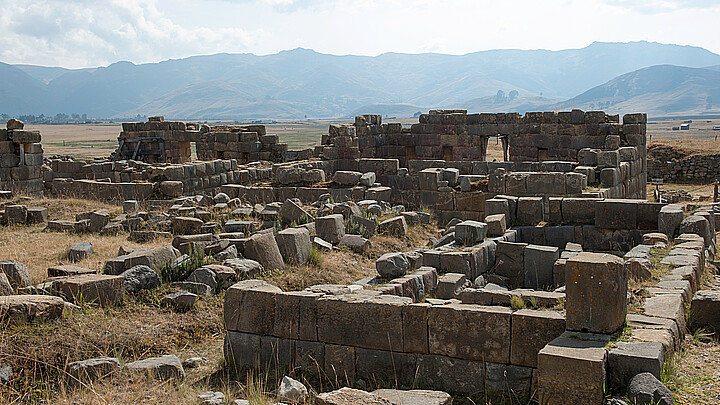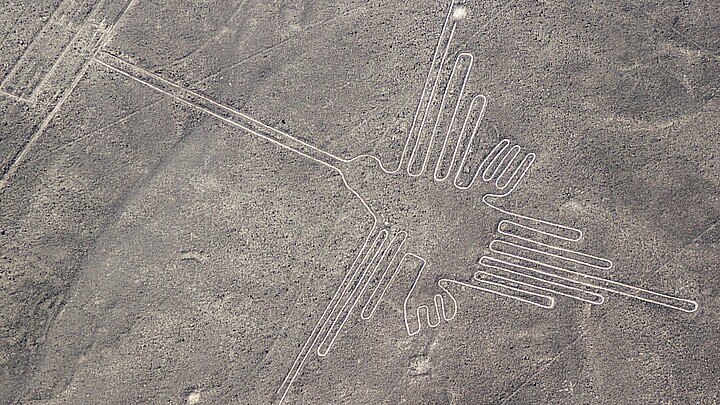Culture
Ancient whale fossils found in Peru could be remains of heaviest animal in history
The Perucetus colossus is a long manatee-like animal that measured about 66 feet (20 meters) long and weighed up to 340 metric tons—about 749,572 pounds

August 3, 2023 9:11am
Updated: August 3, 2023 9:11am
Scientists in Peru on Wednesday discovered the fossils of a whale that lived 38-40 million years ago during the Eocene epoch and are suggesting that it might have been the heaviest animal to ever roam the Earth.
"The main feature of this animal is certainly the extreme weight, which suggests that evolution can generate organisms that have characteristics that go beyond our imagination," said paleontologist Giovanni Bianucci of the University of Pisa in Italy, lead author of the research published in the journal Nature.
The Perucetus colossus is a long manatee-like animal that measured about 66 feet (20 meters) long and weighed up to 340 metric tons—about 749,572 pounds. The mass of the animal suggests that it is larger than any other known species, including the blue whale, which is currently the largest animal on record, and dinosaurs.
Scientists believe that the average Perucetus had a mass of 180 tons and a minimum of 85 tons. For comparison, the largest known blue whale weighed 190 tons and the most massive dinosaur, believed to be the Argentinosaurus, is estimated to have a mass of 76 tons.
“Perucetus could have weighed almost two blue whales, three Argentinosaurs (a giant sauropod dinosaur), over 30 African bush elephants, and as many as 5,000 people,” Bianucci said.
Introducing the thiccest boi ever, the extremely dense and big-boned whale Perucetus colossus (Basilosauridae) from the mid-Eocene of Peru! Congrats to all of my Latin American and European colleagues on this discovery! https://t.co/TcuxF9xwze pic.twitter.com/kQegTzHdQZ
— Robert Boessenecker, Doctor of Whaleontology™️ (@CoastalPaleo) August 2, 2023
The fossils of the massive whale-like animal were discovered in southern Peru, where several other whale fossils have been found.
They found a partial skeleton of the Perucetus, including 13 vertebrae, four ribs, and one hip bone. The skeletal mass itself weighed between five and eight tons.
"Because of its heavy skeleton and, most likely, its very voluminous body, this animal was certainly a slow swimmer.
"This appears to me, at this stage of our knowledge, as a kind of peaceful giant, a bit like a super-sized manatee. It must have been a very impressive animal, but maybe not so scary," said paleontologist Olivier Lambert of the Royal Belgian Institute of Natural Sciences in Brussels.








